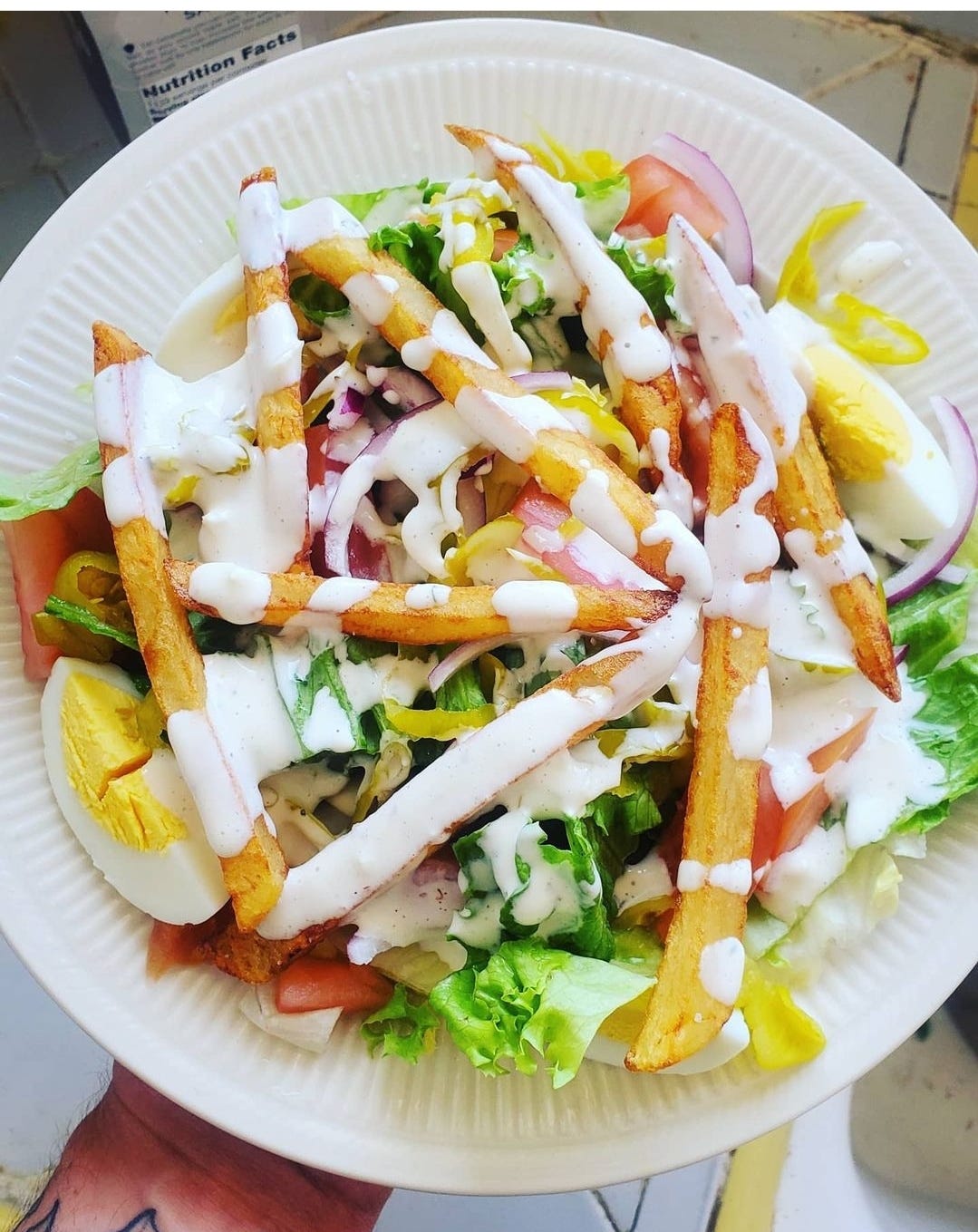Heyo!!
Did you know that French fries on a salad fucking rule? It’s true.
I find myself writing about the same topics often—potato chips, Italian sandwiches, pasta, weird regional dishes, and more. Lately I’ve tried to tackle subjects outside of my comfort zone, but eventually I always come back t…
Keep reading with a 7-day free trial
Subscribe to The Move to keep reading this post and get 7 days of free access to the full post archives.


